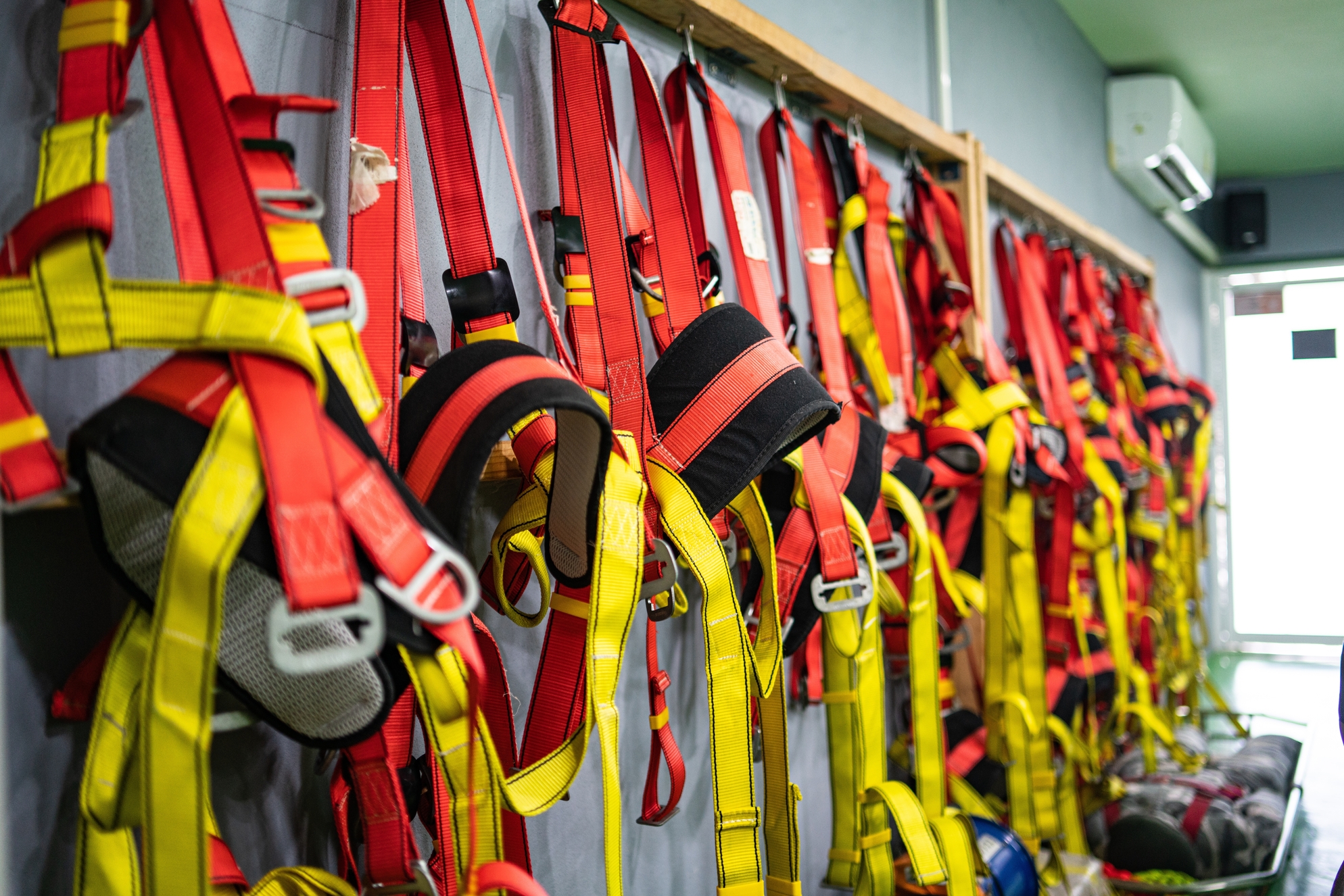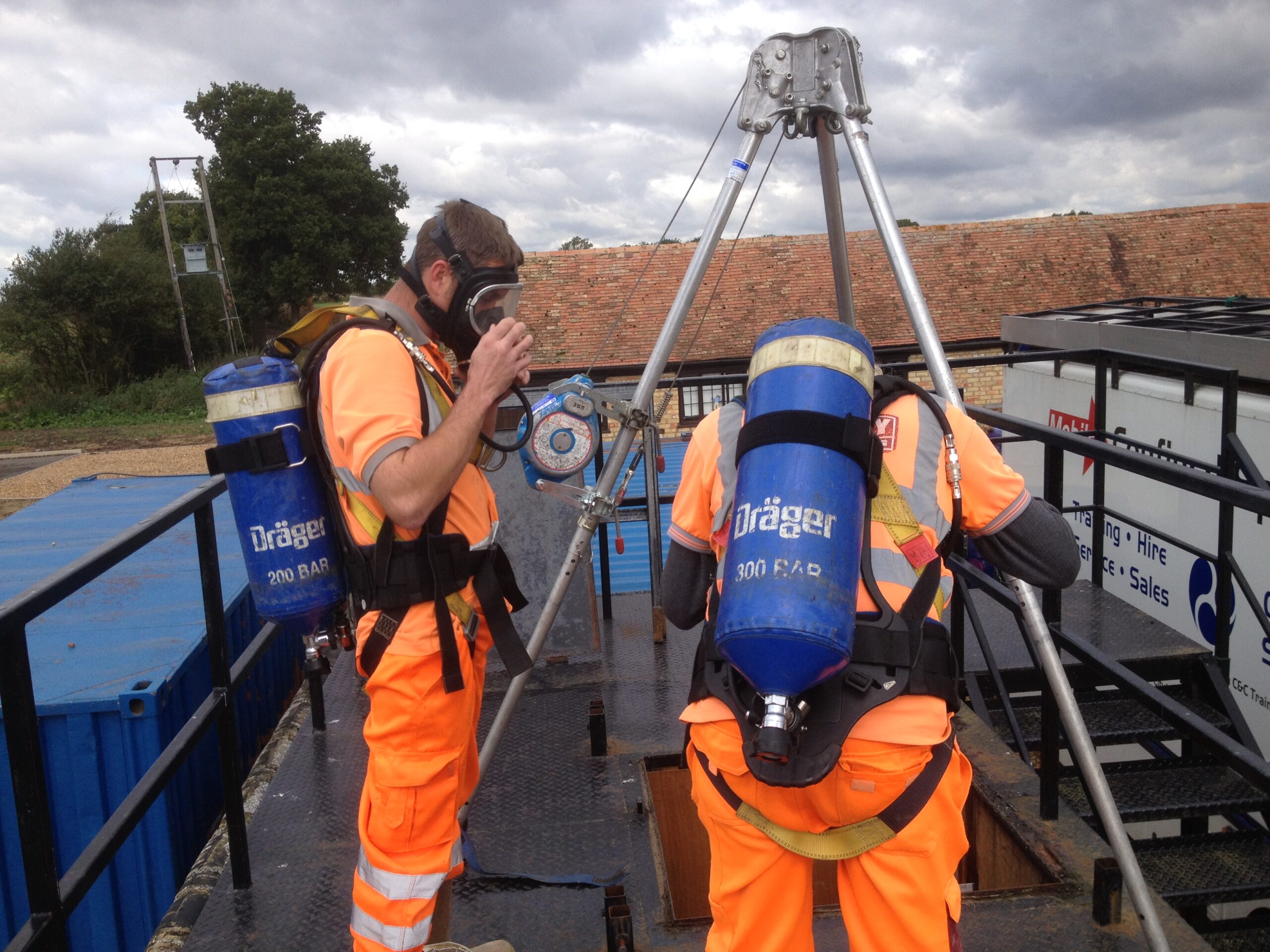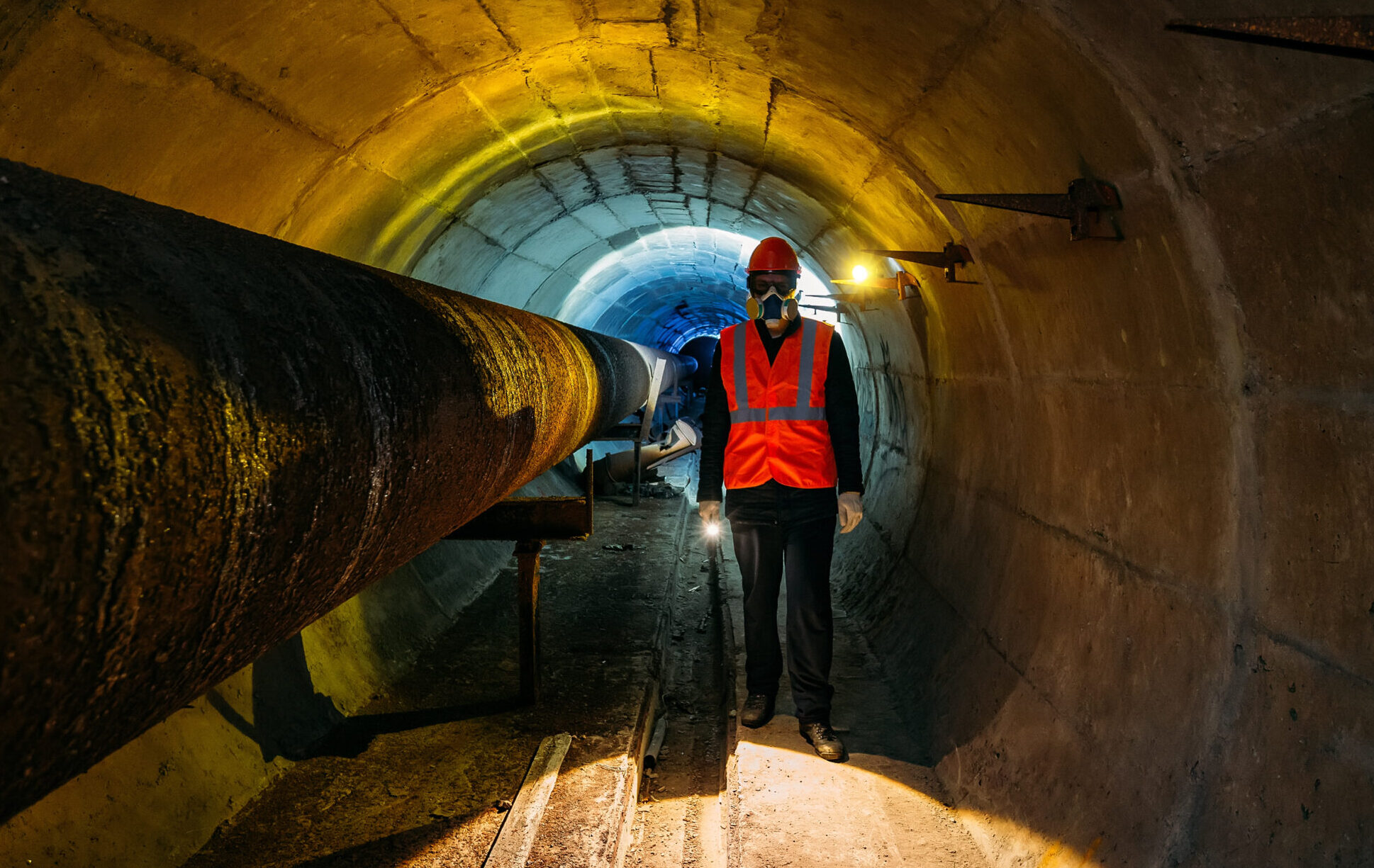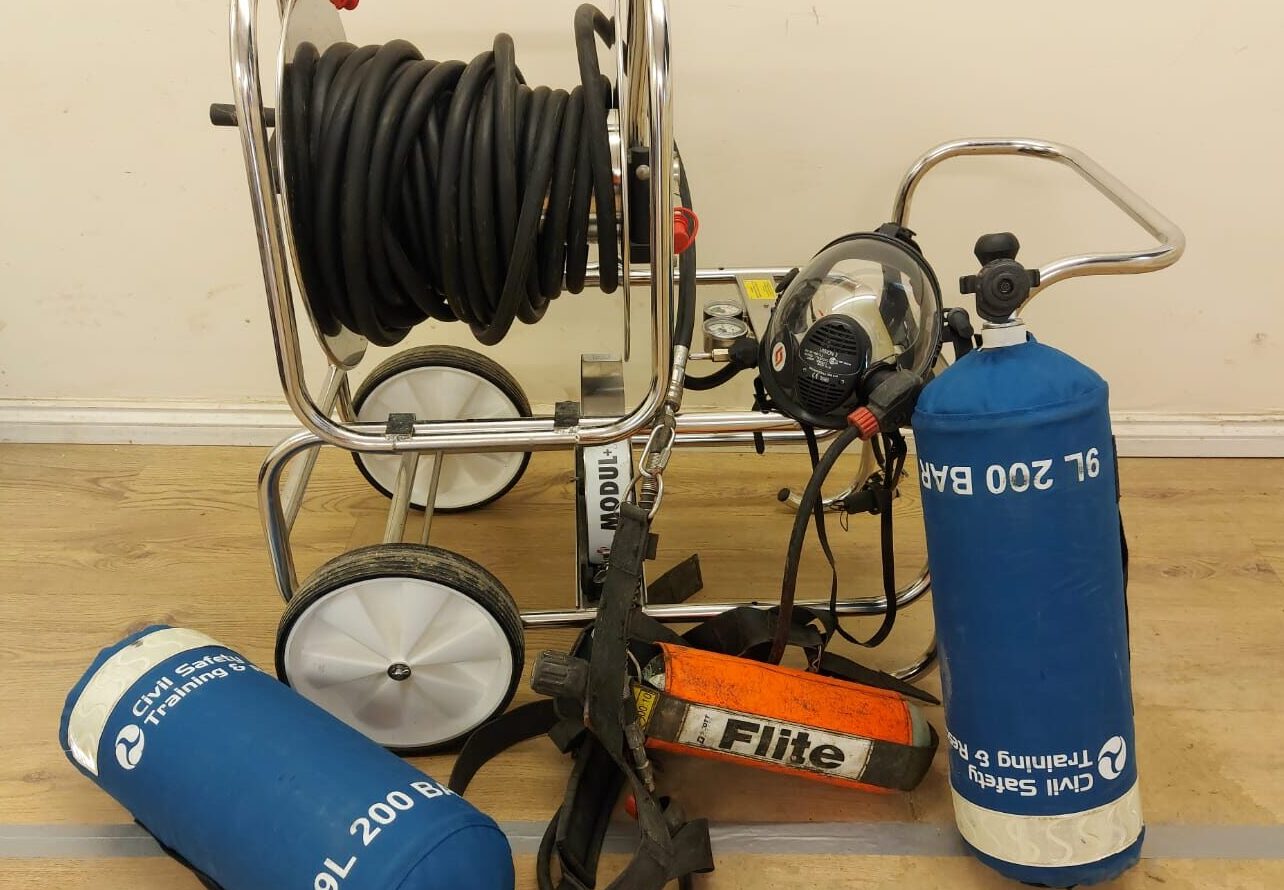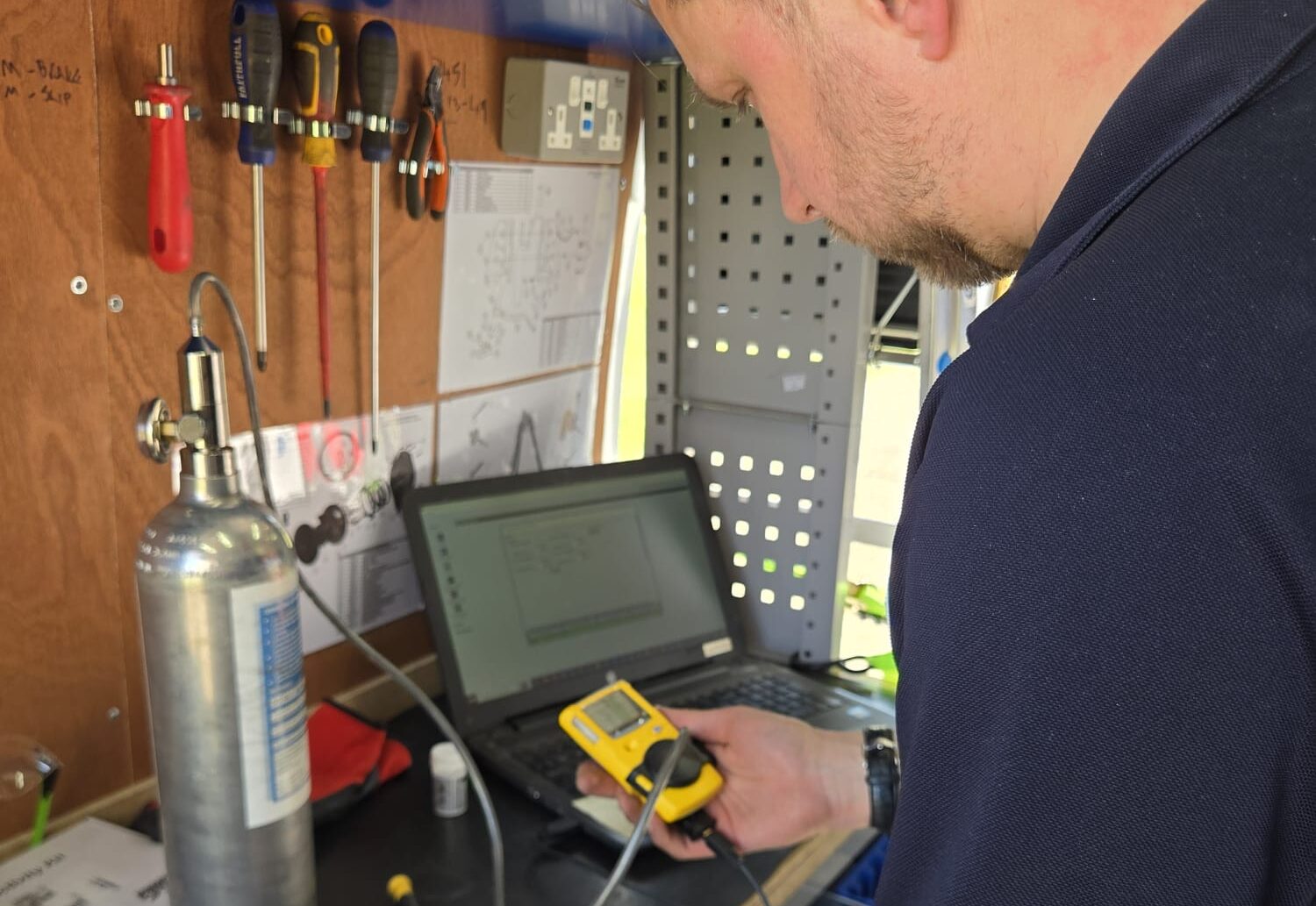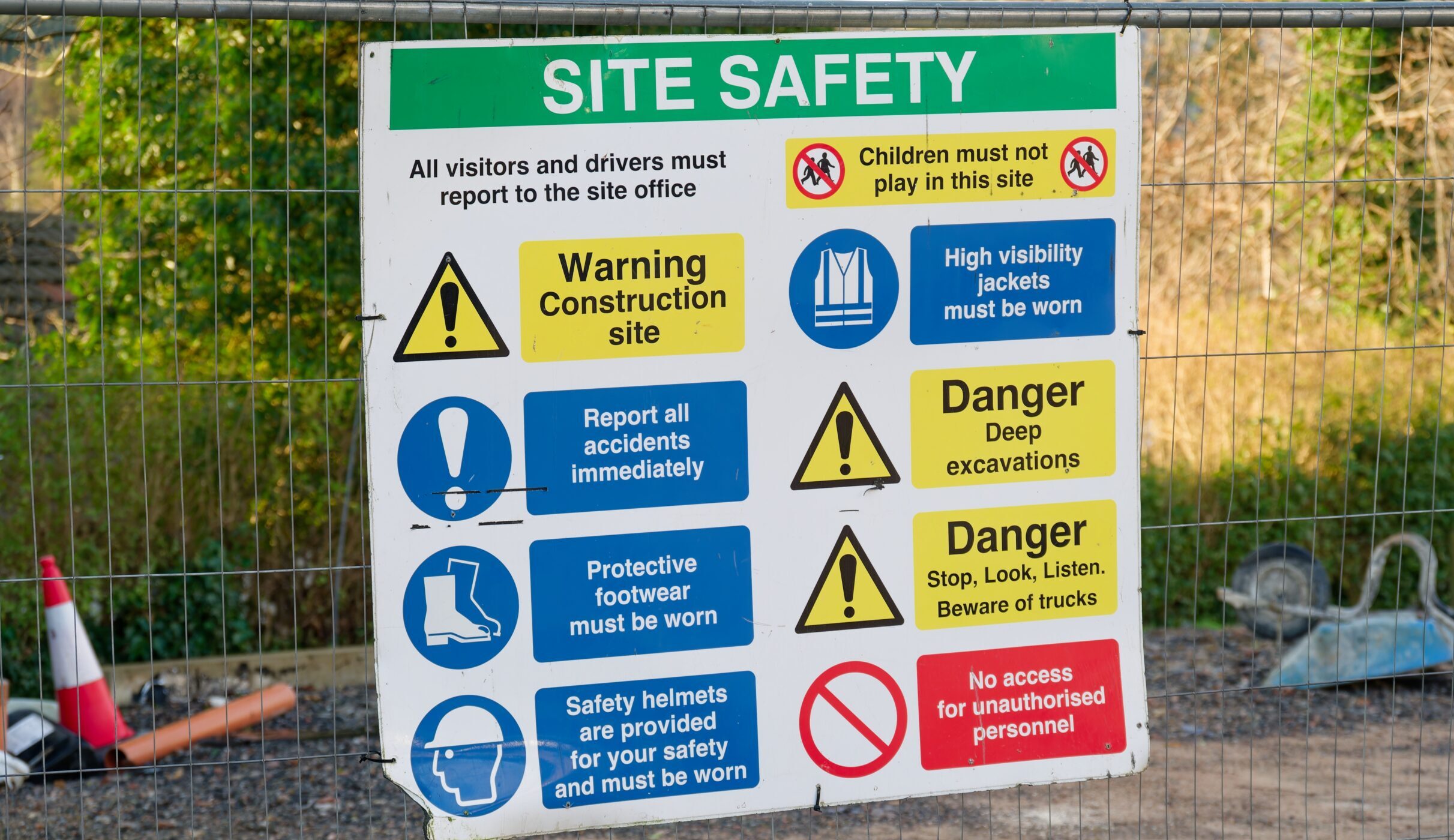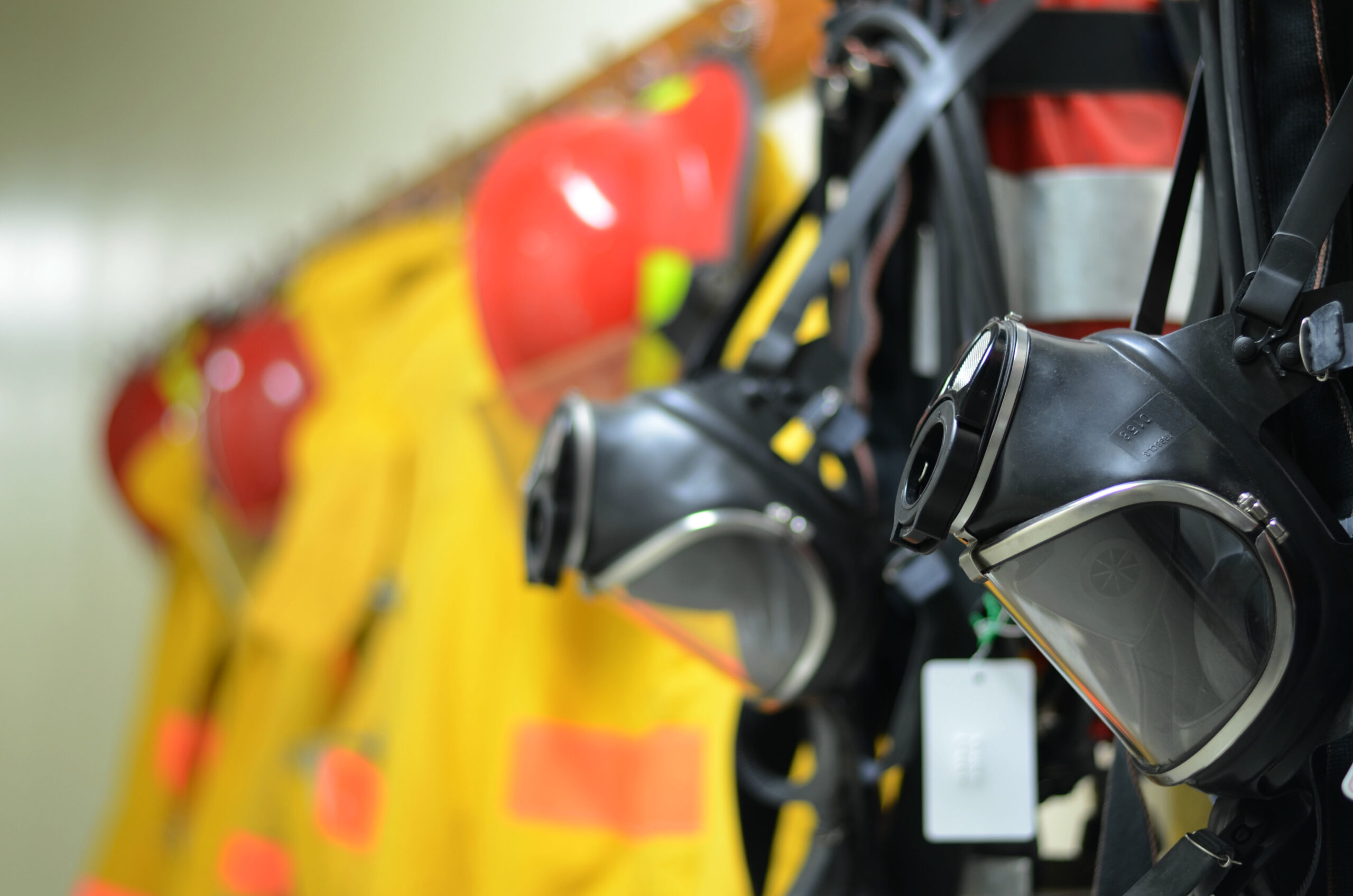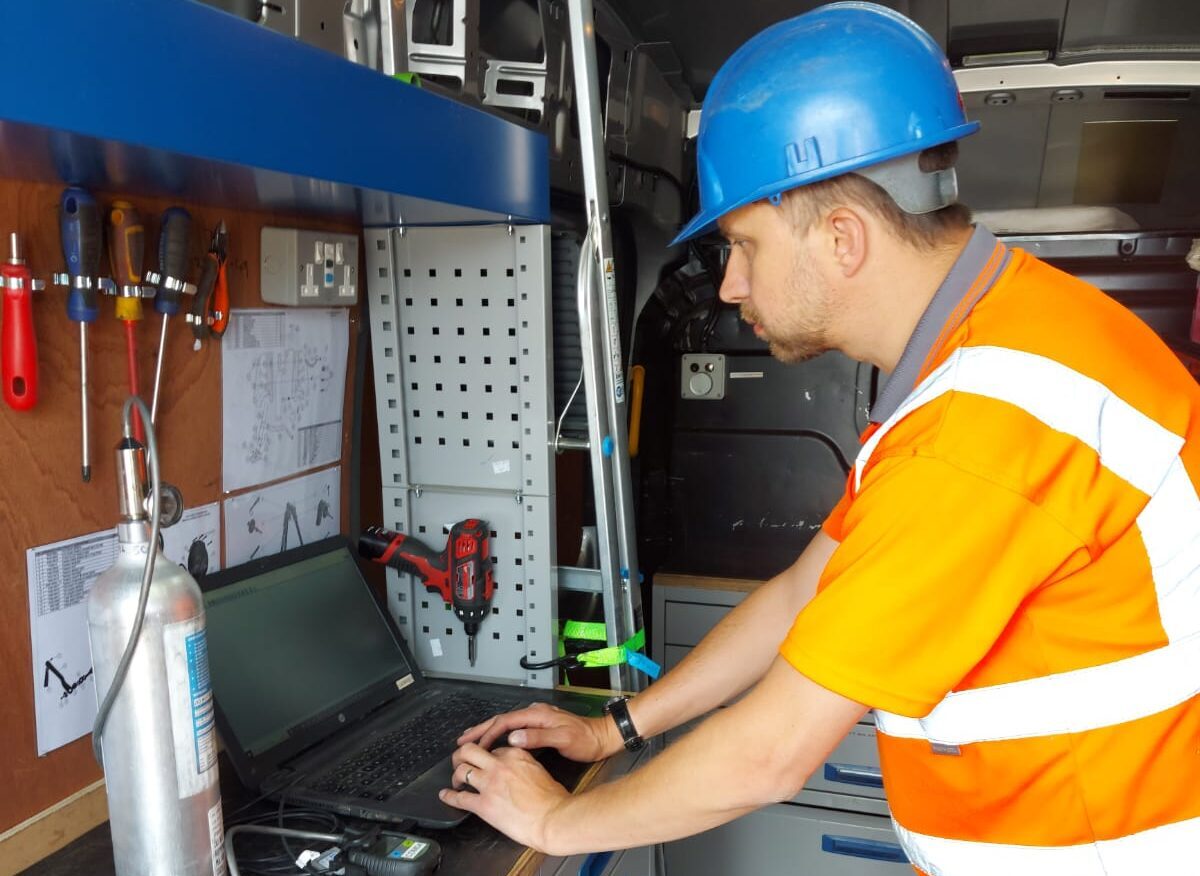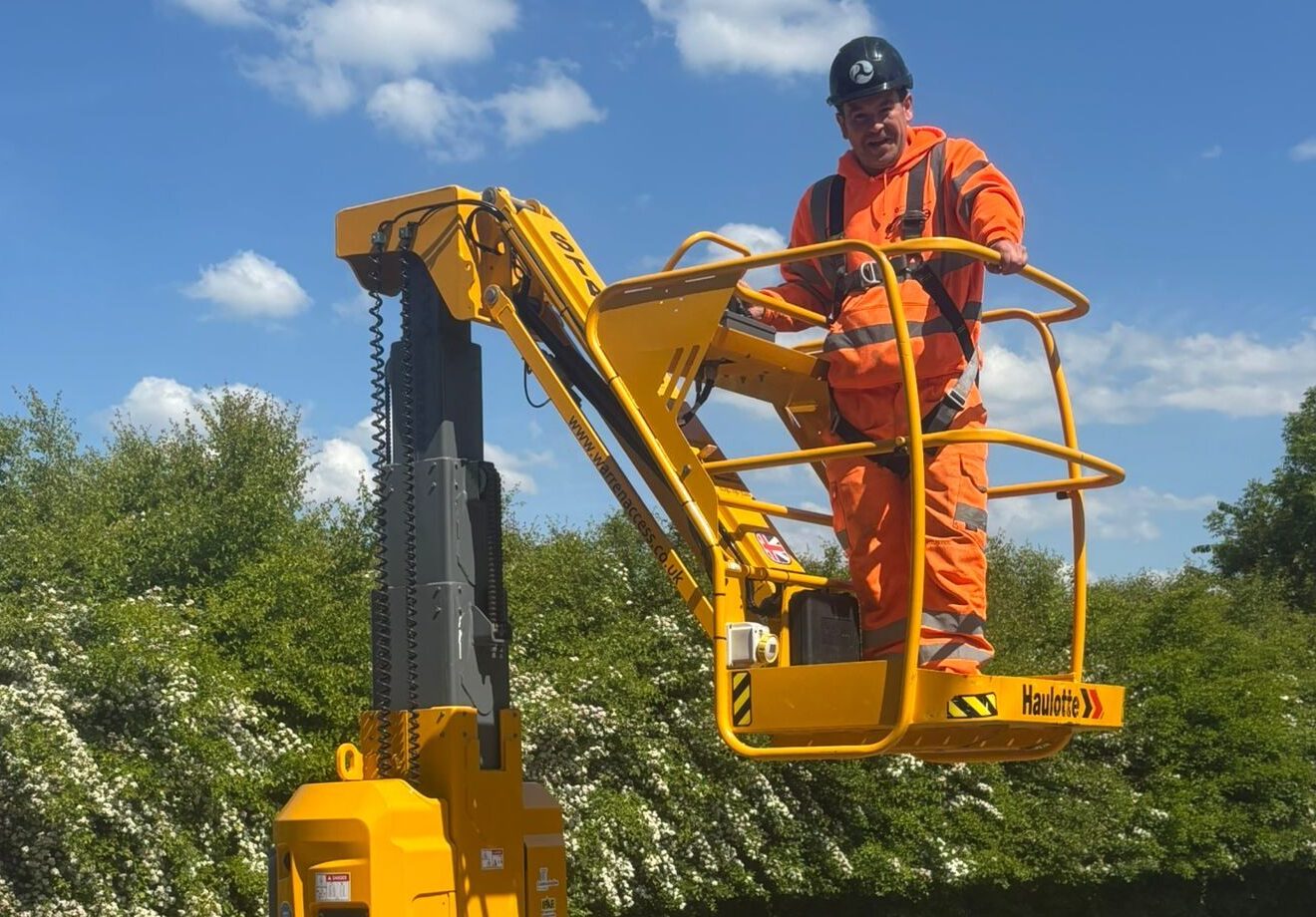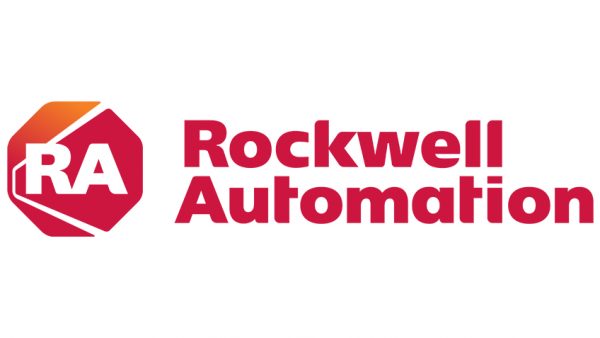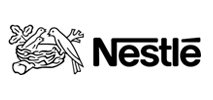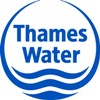How to Choose the Best Rescue Equipment for Confined Space Operations
September 20, 2025
Working in a confined space presents some unique challenges and therefore requires very specific preparation and procedures. This includes having an emergency plan in place in the event that something goes wrong, because the unique challenges we refer to present a situation of high risk.
A confined space is defined as any fully or partially enclosed area with limited entry and exit, not designed for continuous human occupancy, and that presents one or more foreseeable risks such as fire, explosion, harmful gases, drowning, engulfment or asphyxiation. A confined space will most likely have low levels of natural ventilation, be subject to contaminants and toxic or explosive gases, and could have extreme temperatures. It could also have large areas of water, which could be unhygienic. Essentially there are a lot of potential hazards to consider, which will influence the type of rescue equipment you would use.
The types of rescue equipment used in confined spaces
Confined spaces are often found in industry sectors such as construction, utilities and mining, but could be found in many different industrial operations. Common examples include tanks, pits, sewers, cellars, silos, trenches and crawl spaces. It is clear that in such environments you might face hazards such as restricted entry and exit, restricted movement, extreme climactic conditions and physical hazards such as sharp edges and items falling or moving.
This therefore requires a comprehensive risk assessment to be undertaken to identify all possible hazards and to help assess what control measures are required. The Confined Spaces Regulations 1997 put in place certain measures that need to be addressed when working in these conditions. And although the exact nature of the rescue equipment you need will vary according to the specific risks involved, essentially, a risk assessment would normally identify a range of safety equipment including gas detectors, breathing apparatus, stretchers, ropes and harnesses, winches, tripods, portable lighting, fall arrest systems and communication equipment.
Choosing the best rescue equipment for your confined space operations
When assessing what rescue equipment to use for your confined space operations, you should carry out a risk assessment to identify the hazards, and this should consider:
- What relevant legislation is in place to cover this activity, and how do you comply with it?
- What are the atmospheric conditions?
- How will I be able to access a person?
- How will I be able to retrieve a person?
- How will I be able to transport a person?
- What anchor points will I need?
- How will I and the person be able to breathe?
- How will I and the person be able to communicate?
If we go back to the list of rescue equipment we created above, how do we address each individual piece of equipment and assess its suitability? In general we should consider:
- Gas detectors – What gases are present and is the detection equipment practical and reliable?
- Breathing apparatus – Is the breathing apparatus compliant, suitable for the gases and atmospheric conditions present and reliable?
- Stretchers – Is the load capacity suitable and are they practical for the space in question?
- Ropes and harnesses – Are these long enough and strong enough and can they be attached to fall arrest equipment and winches?
- Winches – Do they have a braking system to avoid accidental descent, or do they have a motorised winching system? Is this practical in the confined space you are working in?
- Tripods – Can these be used to provide a suitable anchor point in the space you are working in? And are they the right size and load capacity?
- Portable lighting – Is this the right size and light strength for the environment and does it have sufficient battery power?
- Fall arrest systems – Can they be used with a tripod? Do they have clips to attach to the anchor point and are they compliant with the ropes you are using?
- Communications systems – Will they work in this environment? Can they be used to communicate with people back in safe conditions, as well as with the person being rescued?
In addition to choosing the most suitable rescue equipment as above, you also need to consider training and ensuring rescue teams are suitably competent to use the equipment in confined spaces. You also need to consider inspection and regular servicing of rescue equipment.
Choose Civil Safety for the best confined space safety management
At Civil Safety we are able to supply fully trained and compliant rescue teams for your confined spaces, while we can also train your personnel in the specific procedures and skills required for working in confined spaces. And in terms of equipment hire and servicing, we can supply your rescue equipment and carry out a professional service of your rescue equipment on-site or in-house, depending on your needs. So let us help you with your emergency planning and ensure you manage confined space operations safely and in full compliance.
